Puccini in Rome
The series about historical places of opera art. Get to know exciting excursion and travel ideas for opera lovers. This time: Puccini in Rome
All Destinations on google maps with links to detailed Blogposts:
Puccini in Rome

Puccini’s main event in Rome was the premiere of his “Tosca”, which was then a huge event and was even attended by Queen Margaret (yes, the one with the pizza). Already in the run-up the mood was hostile, on the one hand because the Romans were offended, since Puccini undertook an invasion of the Milanese with the artists of La Scala, and on the other hand because the papal church acted against the anti-clerical background.
Puccini had taken great pains to make the original Roman settings as authentic as possible (with the help of Hohenstein’s famous sketches) in the style of verismo. In addition, he tried to imitate the bell sounds of the nearby St. Peter’s Basilica and commissioned a Roman writer to compose the lines of the shepherd boy in original Roman dialect. However the Romans would not be appeased and a bomb threat threatened to derail the performance at the last minute, but the play was then given. Among the celebrities was Siegfried Wagner, who praised the work, which was an accolade for the Wagner fan Puccini.
However, the success of the premiere was moderate, the brutality (critics said “banality”) of the music was too unusual, there was even talk of a “torture opera”. Indeed, “Tosca” is one of the most bloodthirsty operas in the repertoire. There are two suicides and one shooting. In addition, the leading actress commits a murder. Thus, at the end of the opera, no main character remains alive. As if that were not enough, Puccini also presents the audience with a torture scene on stage in the second act.
After the lukewarm reception, the first Milan performance took place shortly thereafter at La Scala under the baton of Arturo Toscanini, which became a great success and was to pave the work’s glorious way.
TO THE COMPLETE PUCCINI BIOGRAPHY
Destination Castel Sant’Angelo (Angel’s castle)
Every opera lover knows the famous angel statue of Castel Sant’Angelo, which can be seen in the third act of Tosca. The castle has a long and eventful past, it began in the 2nd century as a mausoleum, served as a residence for popes, was the dwelling of the infamous Lucrezia Borgia and later became an administrative and prison tower. Mussolini had the tower transformed into a museum, which it remains to this day. The terrace, where Puccini and the poet Sardou had Cavaradossi’s execution played, can be entered, the view of the Tiber and St. Peter’s Basilica is breathtaking, and (the connoisseur knows it already) one realizes that Floria Tosca, even with the best long jumping skills, would never ever manage to jump into the Tiber.
Castel Sant’Angelo:
http://castelsantangelo.beniculturali.it/
Destination Sant’Andrea della valle
Magnificent church decorated with golden ceilings with a huge dome. Cavaradossi paints his Madonna there in the first act and Angelotti hides in a side chapel. You will not find the side chapel with Angelotti’s women’s clothes and Cavaradossi’s Madonna because they do not exist, nevertheless a visit is worthwhile.
View of the dome of the basilica:
Destination Palazzo Farnese
Puccini moved the office of the despotic Scarpia to the Palazzo Farnese, while Sardou situated it in the Engelburg in his novel. Palazzo Farnese exists, it was built by Alessandro Farnese, a nobleman and later Pope Paul III, and for almost 100 years it has been the seat of the French Embassy, which established the embassy there with the obligation to take care of the works of art. The most beautiful Renaissance building in Rome is accessible only with guided tours.
Book months in advance, take passport with you on tour
Palazzo Farnese:
https://it.ambafrance.org/-Palazzo-Farnese-
Destination Teatro dell’Opera di Roma
At the time of the first performance in 1900, the Roman opera house was still called “Teatro Costanzi”; in the meantime, it has been heavily remodeled twice and has changed its name.
Teatro dell’Opera:
Musical background: Filming of Tosca at original locations
Listen and see Placido Domingo in a “live film” shot at the original locations as described by the composer. At noon in Sant’ Andrea della Valle, the same evening at Palazzo Farnese and the next morning at Castel Sant’Angelo. The singers were connected via monitors to the conductor and the orchestra, who were playing in a concert hall. Listen to “E lucevan le stelle” on the Castel Sant’Angelo”
Placido Domingo sings “E lucevan le stelle” from Tosca:
Tosca by Giacomo Puccini – opera guide | ♪ Opera guide (opera-inside.com)

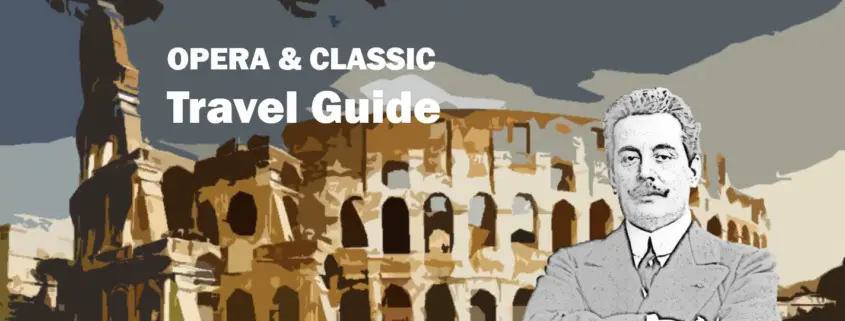
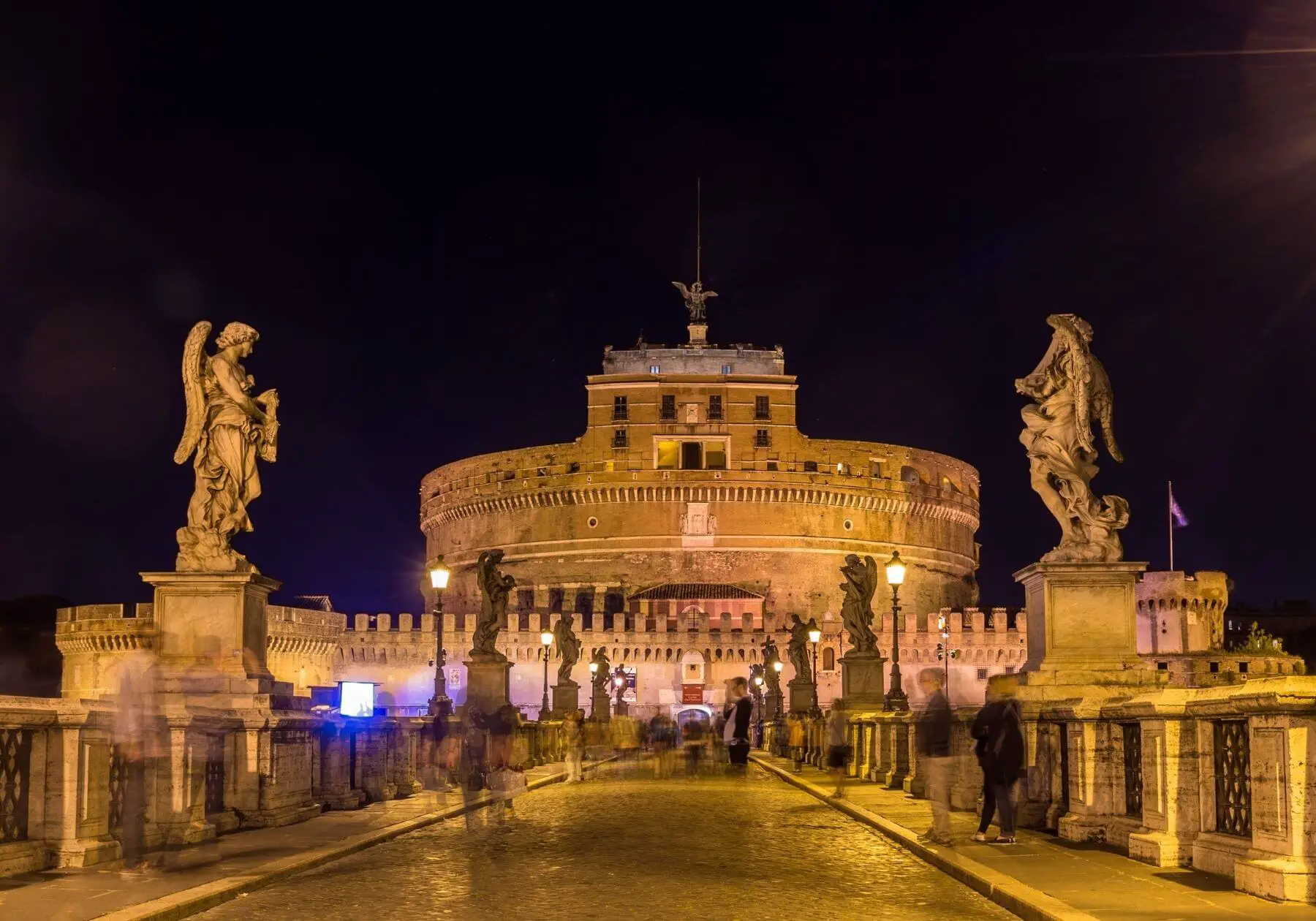
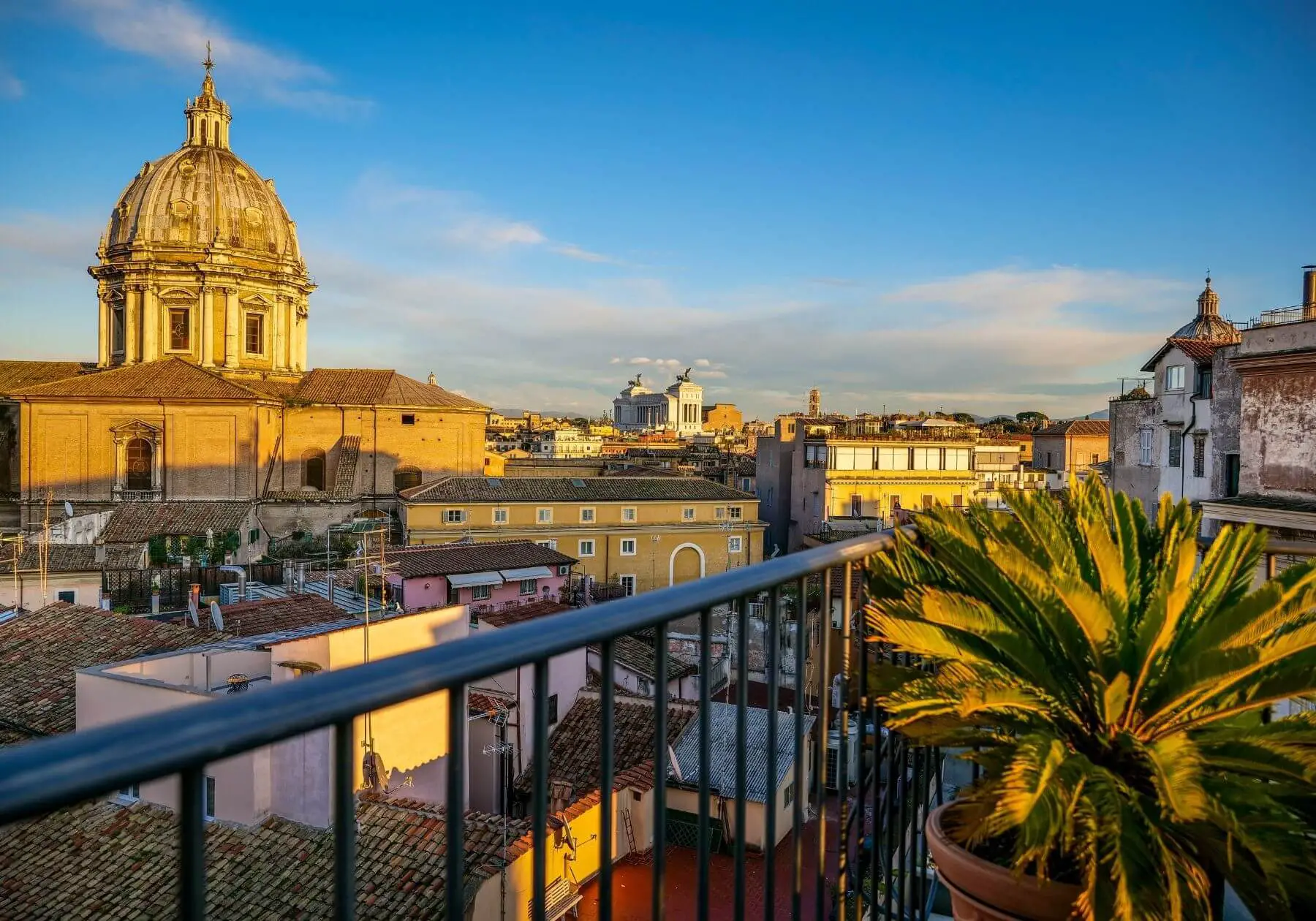
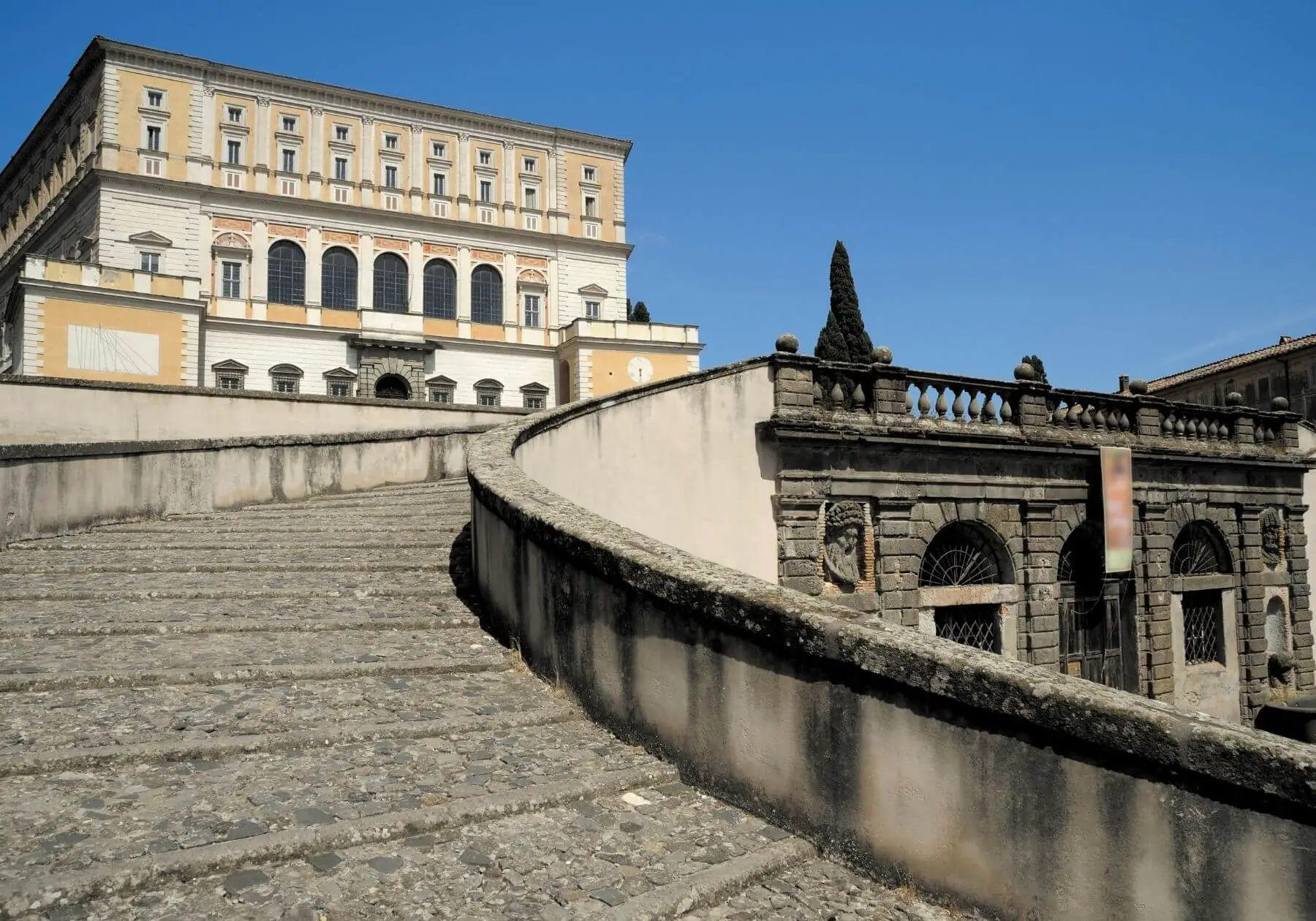
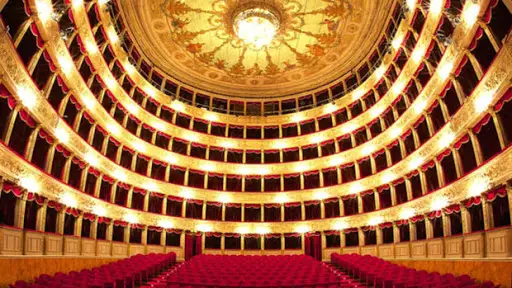


Leave a Reply
Want to join the discussion?Feel free to contribute!